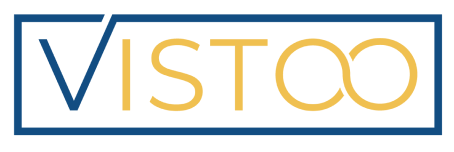How to calculate your borrowing capacity
Are you ready to buy your first property? It is essential to be financially prepared in advance, especially in a seller's market, because customers who are not could potentially lose a very good opportunity to buy.
Today there are several free online tools that will enable you to properly calculate your borrowing capacity. Take the example of Nesto’s tool, which in seconds gives you an approximation of the amount you can borrow. You’ll get a clear idea of what type of property you should be looking for.

This is the first step when the time comes to make an offer to purchase since a pre-approval letter will quickly be required. Pre-approval gives you more confidence during the purchase offer; it also serves to lock in an interest rate for 120 days and is used in particular to strengthen your offer and to move more quickly to a final approval. Delays are often long, so be prepared!
In principle, a good rule to follow is the 33% debt ratio. A household should not spend more than 33% of its monthly income on debt repayment. The maximum borrowing capacity usually revolves around this ratio, leaving you with 67% of your income as a budget for other expenses.
Income
Income is definitely the first point to consider when talking about borrowing capacity:
What is your gross annual income, before taxes?
Are you buying alone or as a couple?
Do you have more than one source of income?
These are the first questions you should ask yourself since they are the ones you can answer quite quickly.
Financial commitments
Take the time to properly assess your monthly expenses and prepare a personal budget. It is essential for these to be clearly defined since it is a very important parameter in the evaluation of borrowing capacity.
What are your fixed expense amounts? (Car, education/children, insurance, internet/cell, taxes, etc.) These amounts are typically the same from month to month.
What are your variable expense amounts? (Groceries, hydro, gas, etc.)
What are your monthly debts? (Credit cards, credit line, mortgage, etc.)
Down payment

Have you put some money aside for your future purchase? If so, how much? This amount will have a direct impact on the value of the property you’re considering buying. The minimum amount required is 5% of the purchase price, but any amount less than 20% will be subject to CMHC insurance.
If the price is more than $500,000, a down payment of 5% is required for the first $500,000 and then 10% for any amount beyond that.
The down payment does not directly influence your borrowing capacity, but the larger your down payment, the less you will need to borrow.
Property costs
Don’t forget to consider additional expenses related to the property, which include school and municipal taxes, heating costs, condominium fees and others. Always keep a small reserve fund in case you have unexpected work to do.
For the City of Montreal, see here for more information.
Finally, do not neglect to carefully plan your expenses related to the purchase: notary fees, welcome taxes, moving costs, etc.
Crisis simulation
Since 2018, banks have been obliged to calculate a customer's borrowing capacity by making an assessment at a higher interest rate, called the "stress test", in consideration of a possible increase in the cost of borrowing, even if the down payment is 20% or more.
As of June 1, 2021, the prevailing rate is 5.25%, so even if the current borrowing rate hovers around 2-3%, the valuation will be made at 5.25% to manage the impact on the customer's ability to sustain monthly payments.
According to the BMO for example, “If your lender offers a rate of 2.99%, you will have to use the qualifying rate of 5.25% to fulfil the stress test. If it offers a rate of 3.49%, you will need to qualify using a rate of 5.49%.”
Before shopping for your dream home, remember to check what you can afford. Do your research!
